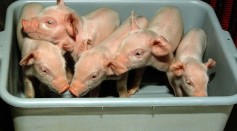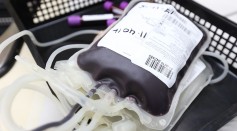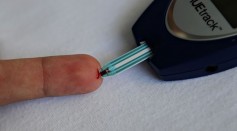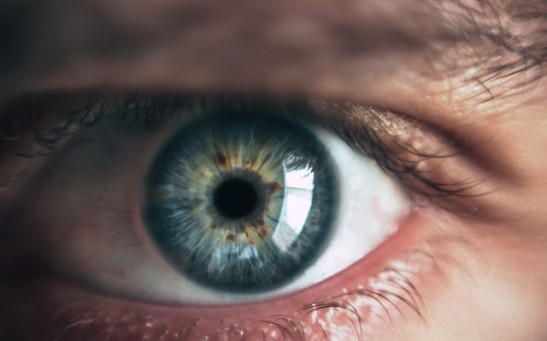Medicine & Health

Experts Say Wearing Unprescribed Contact Lenses For Halloween Could Cause Eye Infections
Male Infertility Could Be Treated With Monkey Cells; New Study Shows How These Animals Could Help Address the Condition
Antibiotics Could Help Prevent Delay of Appendectomy in Some People with Appendicitis
Male Fertility: Increased Chemical Exposure, Lifestyle Changes Cause Sperm Quality in the US to Decline

Increased Warming May Result in Chronic Kidney Disease; US Researchers Warn It Could Become a Major Health Epidemic

U.S. Surgeons Successfully Transplanted A Pig Kidney To A Human Patient And It Works

New Mathematical Model Shows Transfusions of Blood Substitutes Can Treat Anemic Patients, Solve Global Shortage

Glucose Level Detector Will Help You Check Blood Sugar Using Perspiration; Here’s How It Works

Highly Processed Food Linked to Memory Loss in Aging Brain; DHA-Rich Foods Help Reduce Inflammatory Effects

Menopause Treatment: Laser Rejuvenation Therapy Fails to Show Benefits During Trial
Shigella Outbreak: Homeless People in San Diego Hospitalized After Being Infected With the Contagious Disease
Biofilm-Forming Pathogens Contribute to Treatment of Infections; New Study Reveals How Nanosilver Killed 99 Percent of Bacterial Population
Biosymbiotic Device: A 3D-Printed Wearable Beyond the Ordinary with Unique Non-Charging Feature
Live Maggots Used by the NHS as Antibiotics: Is This an Effective Technique for Cleaning Wounds?
Most Popular

How Technology Is Changing the Real Estate Industry?

AI Revolution in Medical Education: Transforming How Healthcare Professionals Learn

Zombie Star Set to Light Up Night Sky: Blaze Star Could Erupt Soon

Exploring Life Beyond Earth: Study Claims Other Planets Could Be Suitable for Alien Life






